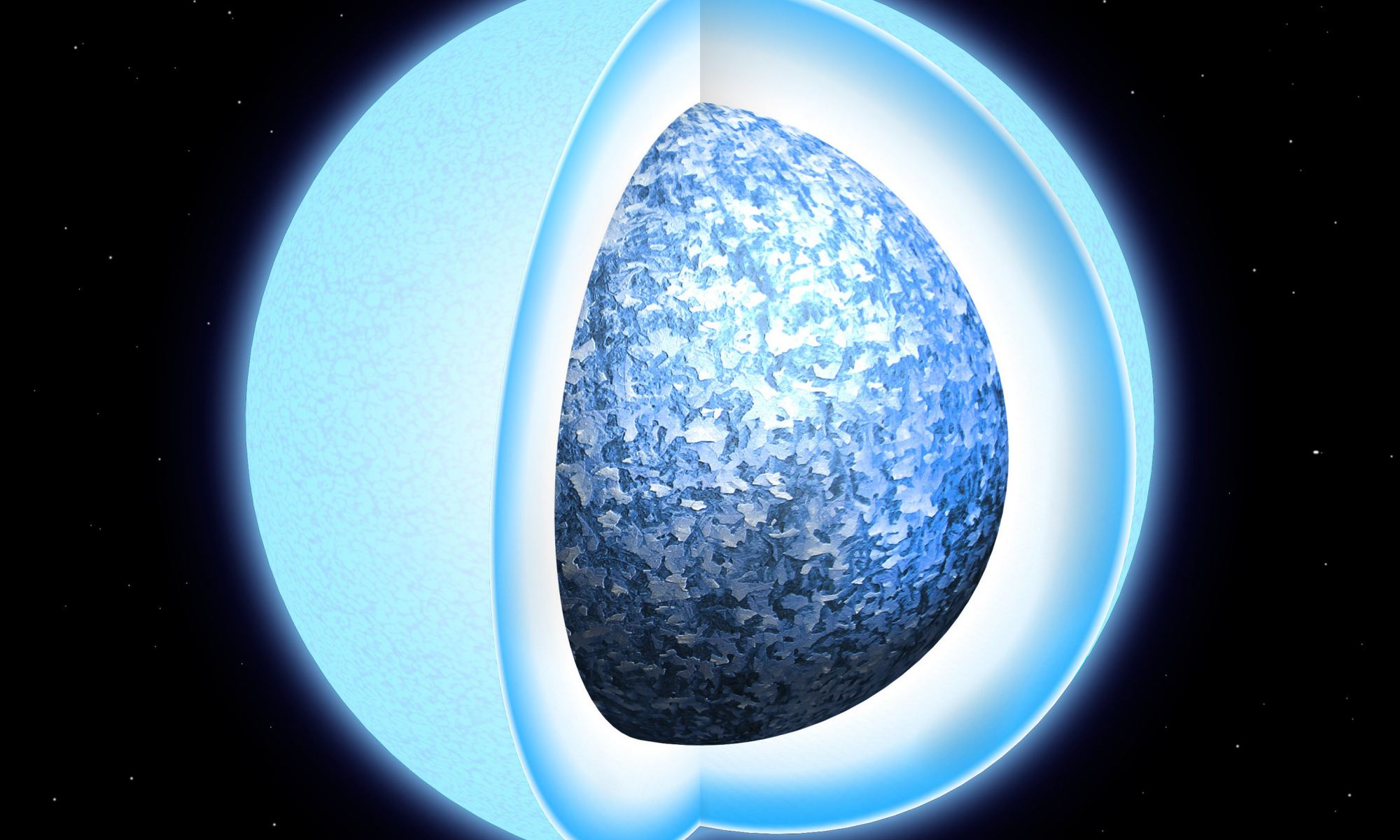White dwarfs have some surprisingly strong magnetic fields, and one team of astronomers may have finally found the reason why. When they cool, they can activate a dynamo mechanism similar to what powers the Earth’s magnetic field.
Some white dwarfs have magnetic fields a million times stronger than the Earth, but the origins of those fields have been a mystery for astronomers ever since the discovery of the first magnetized white dwarf in the 1970’s. The biggest problem is that white dwarfs have all sorts of different magnetic fields – and some don’t have them at all.
New research published in Nature Astronomy, led Professor Dr. Matthias Schreiber from Núcleo Milenio de Formación Planetaria at Universidad Santa María in Chile, may provide an answer: dynamo processes inside white dwarfs can power up some pretty impressive magnetic fields.
Professor Boris Gänsicke of the Department of Physics at the University of Warwick, who contributed to the work, says: “We have known for a long time that there was something missing in our understanding of magnetic fields in white dwarfs, as the statistics derived from the observations simply did not make sense. The idea that, at least in some of these stars, the field is generated by a dynamo can solve this paradox. Some of you may remember dynamos on bicycles: turning a magnet produces electric current. Here, it works the other way around, the motion of material leads to electric currents, which in turn generate the magnetic field.”
To get a dynamo to work, you need a layer of convecting material. The churning, rotating material can take weak magnetic fields can fold them back on themselves, amplifying them.
“The main ingredient of the dynamo is a solid core surrounded by a convective mantle—in the case of the Earth, it is a solid iron core surrounded by convective liquid iron. A similar situation occurs in white dwarfs when they have cooled sufficiently,” explains Matthias Schreiber.
When a white dwarf first forms, it’s a hot, dense ball of liquid carbon and oxygen. But as it begins to cool, some of the carbon and oxygen forms a crystal lattice. That crystallized core forms the foundation on which a convective layer can sit. If the white dwarf accretes material from a nearby companion, it can begin to spin rapidly, powering up the dynamo.
“As the velocities in the liquid can become much higher in white dwarfs than on Earth, the generated fields are potentially much stronger. This dynamo mechanism can explain the occurrence rates of strongly magnetic white dwarfs in many different contexts, and especially those of white dwarfs in binary stars” Schreiber says.
Dynamo mechanisms are common throughout the universe, and this work shows how those mechanism may resolve this decades-old problem. “The beauty of our idea is that the mechanism of magnetic field generation is the same as in planets. This research explains how magnetic fields are generated in white dwarfs and why these magnetic fields are much stronger than those on Earth. I think it is a good example of how an interdisciplinary team can solve problems that specialists in only one area would have had difficulty with,” Schreiber adds.

